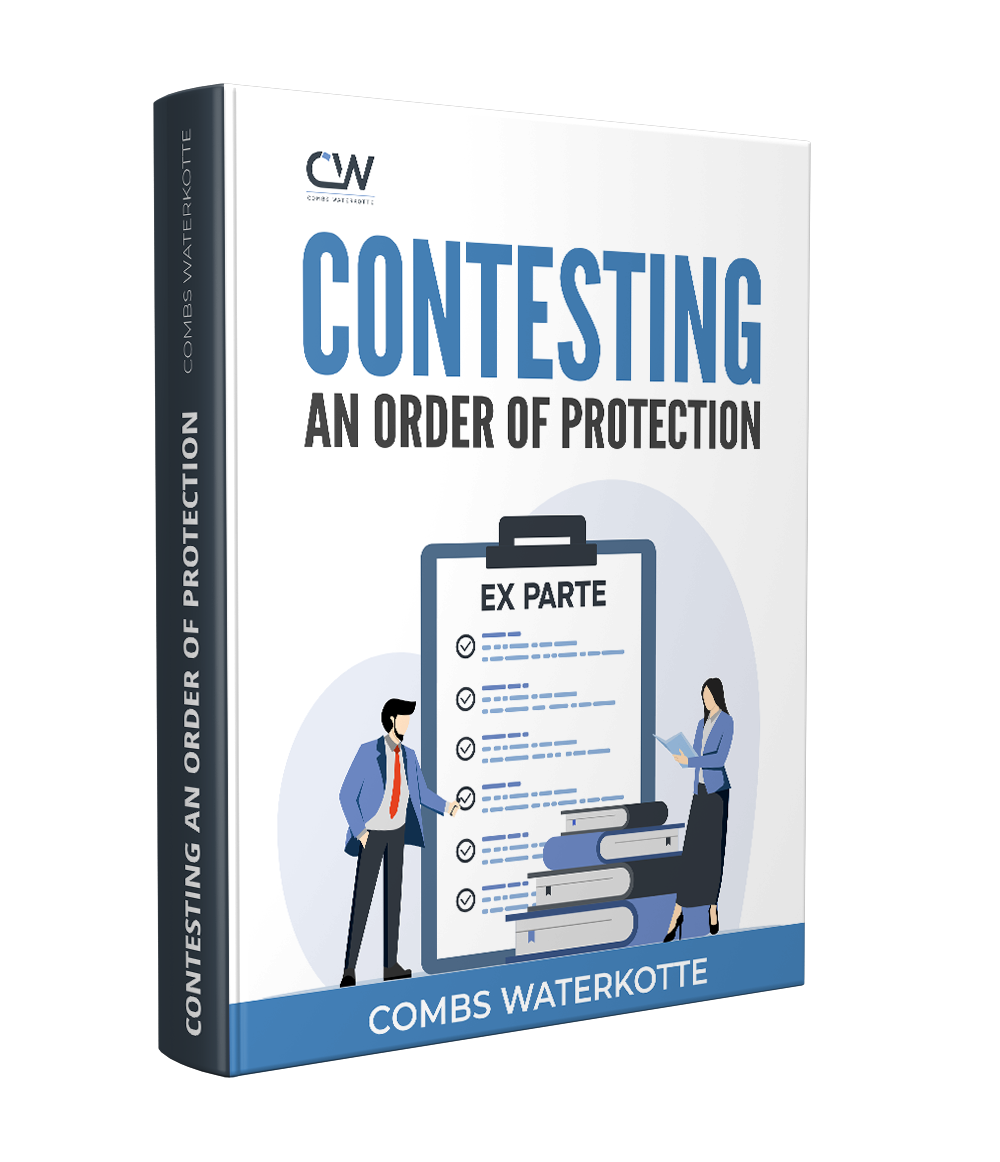When contesting an order of protection, several defense strategies can be used to challenge the petitioner’s claims and prevent a Full Order of Protection from being granted. Each defense depends on the specific circumstances of the case, the evidence available, and the nature of the petitioner’s accusations. Your order of protection defense attorney will help develop the best defense strategy for your case.
Below are common defenses that may apply in your order of protection hearing:
1. False Allegations
One of the most common defenses against an order of protection is to demonstrate that the petitioner’s claims are exaggerated or completely fabricated. This can be done by presenting evidence such as communication logs, witness testimony, or other documentation that contradicts the petitioner’s account. For example, if the petitioner claims harassment through text messages, you can provide full conversations that show the petitioner initiated contact or that the conversation was benign.
If you can prove that the petitioner has a history of making false accusations, this can further support your defense. Collect evidence from prior incidents or disputes that may show a pattern of behavior.
2. Mutual Conflict or Self-Defense
In many cases, both parties may have been involved in a heated argument or altercation, and the petitioner may be portraying themselves as the victim. By providing evidence of mutual aggression, you can argue that the petitioner is equally responsible for the conflict. This can mitigate the severity of the petitioner’s claims and suggest that a Full Order is unnecessary. Missouri courts are generally not in favor of granting “mutual orders of protection.”
If physical violence was involved, one of the most effective defenses is to demonstrate that you acted in self-defense. This requires proving that your actions were a response to an imminent threat and were necessary to protect yourself from harm. Witness statements, medical reports, or even surveillance footage can be used to support this defense.
3. Challenging Petitioner Credibility
In some cases, the petitioner may provide inconsistent details about the alleged incidents. Identifying and highlighting these discrepancies during cross-examination can cast doubt on their credibility. For example, if their account of the date or nature of an event changes between their written statement and court testimony, you can use this to challenge the accuracy of their claims.
If there are ongoing legal battles such as a divorce or custody dispute, it may be possible to argue that the petitioner has an ulterior motive for filing the order of protection. By revealing that the petitioner stands to gain something, such as increased custody or a financial advantage, you can weaken their case.
4. Lack of Harm or Threat
Orders of protection are typically granted based on the petitioner’s claim that they are in fear of harm. If you can show that the petitioner’s fear is unreasonable or disproportionate to the events described, you may be able to contest the order. For example, if the alleged harassment involved a minor disagreement where only some harsh words were exchanged, it may be insufficient to justify an order of protection.
The petitioner must provide credible evidence that a threat exists. If there is a lack of physical harm or the alleged actions don’t meet the legal definition of harassment, abuse, or stalking, you can argue that the order is unnecessary.
5. Witness Statements and Character References
Witnesses who were present during the alleged incidents can provide firsthand testimony that refutes the petitioner’s claims. If they can testify that no threat or abuse occurred, this can significantly bolster your defense. For example, a co-worker or neighbor who observed the interaction between you and the petitioner could clarify what actually happened.
Having character references from neutral third parties can also be useful. These individuals can testify to your behavior and history, the nature of your relationship with the petitioner, and circumstances surrounding the alleged events. These witnesses offer support that you are not a threat or abusive. While they may not have witnessed the specific incident, their testimony can shape the judge’s perception of your character.
6. Lack of Evidence
Your order of protection defense lawyer may point out that the petitioner has failed to provide sufficient evidence to support their claims. The petitioner must make the judge believe their version of events is true, and if their accusations are based on vague, unsubstantiated claims, the court may dismiss the case. This is especially effective when the petitioner has no credible witness testimony, physical evidence, or supporting documentation to back their allegations.
Unlike in a criminal case where the burden of proof is beyond a reasonable doubt, the burden of proof in an order of protection case is the preponderance of the evidence, meaning the judge will decide the case based on whose version of events they believe are more likely to be true. Even so, the petitioner generally still has to have enough evidence to convince the judge what they’re saying is probably true.
7. No Ongoing Risk
Another common defense is to argue that, even if an incident occurred, there is no ongoing risk of harm or harassment. The court may be more inclined to grant a Full Order of Protection if it perceives an ongoing threat to the petitioner. However, if the event in question was isolated and there have been no further issues since, you can make the case that a protection order is unnecessary. For instance, if the alleged incident happened during a one-time disagreement or altercation, and there has been no attempt by you to contact or threaten the petitioner since, this can significantly weaken the petitioner’s argument that they are still in danger.
Additionally, showing that any misunderstandings or conflicts have been resolved amicably (if applicable) can further support the argument that the order of protection is not required to prevent future harm.
The defense strategies you and your attorney choose to present will depend on specific circumstances of your case.
In the next chapter, we will explore what happens after the hearing, including the possible outcomes and next steps.



